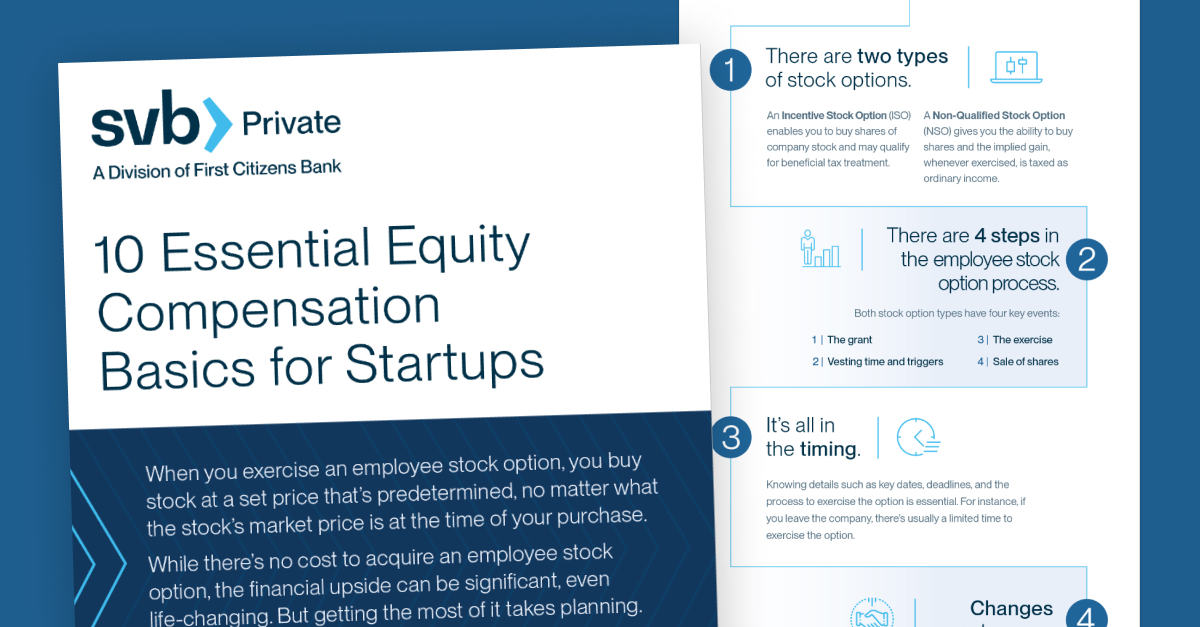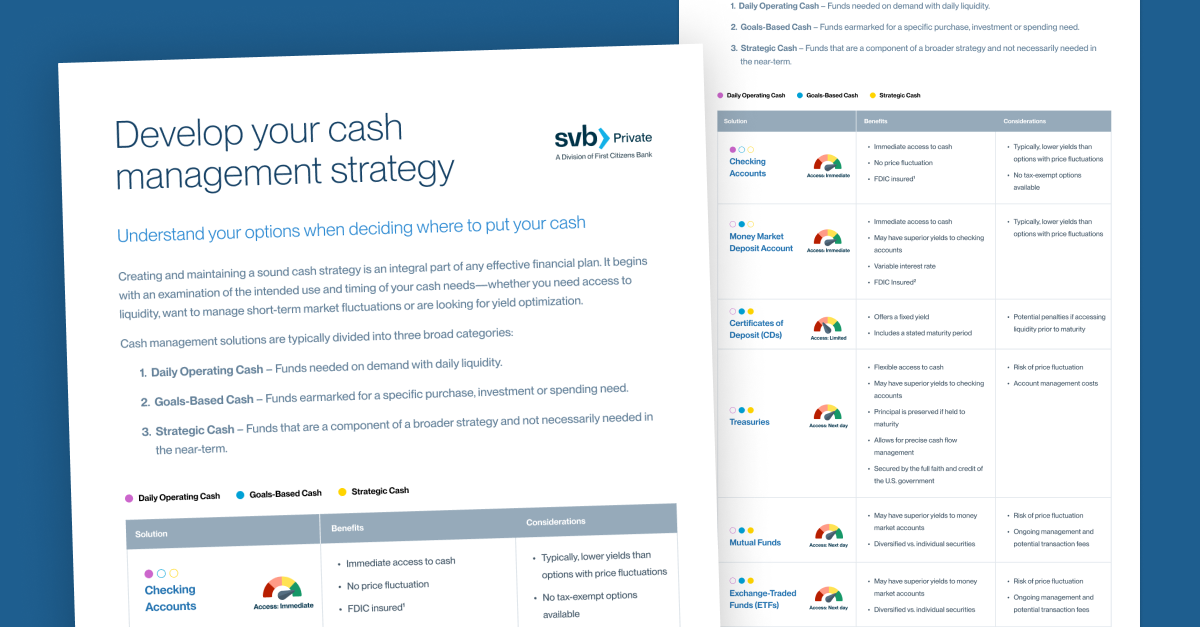We’re pleased to provide you with insights like these from Boston Private. Boston Private is now an SVB company. Together we’re well positioned to offer you the service, understanding, guidance and solutions to help you discover opportunities and build wealth – now and in the future.
Private K-12 funding expands role of state-sponsored programs
- Tax advantages of 529 plans
- Estate planning benefits
- 529 plans vs. custodial accounts
- How a 529 affects financial aid
- Choosing a plan that's right for you
State-sponsored 529 college saving plans offer a tax-advantaged way to prepare for the rising costs of education. Starting in 2018, these plans can also be used to pay tuition, up to $10,000 per student per year, for qualified students/beneficiaries attending private K-12 schools.
What are the tax advantages of 529 plans?
Investing in a 529 plan to pay for educational expenses offers important tax advantages:
- You pay no taxes on any earnings in a 529 plan, allowing for potential tax-free growth of your investments.
- The beneficiary of the 529 account receives the money free from federal income taxes when withdrawn -- as long as the money is used to pay for qualified education expenses.1
- If some of the money you've set aside is no longer needed by the student/beneficiary, you can move 529 savings to another beneficiary without triggering taxes through a plan-to-plan rollover or a beneficiary change.2
- Certain states offer additional tax incentives. For example, residents of Massachusetts who contribute to a 529 plan are eligible to claim a MA state income tax deduction up to $1,000/person.
Another advantage to 529 plans: There is no limit on the amount that you can contribute in a single year as long as you do not exceed the plan's total savings maximum. Each state sets its own savings limit, ranging today from about $235,000 (in Georgia) to $529,000 (in California).3
What are the estate planning benefits?
Contributions to a 529 plan are income-tax-free gifts to the donee subject to the annual gift tax exclusion amount. For 2019 that exclusion amount is $15,000 per year per individual and $30,000 for couples filing jointly.
In addition, a special accelerated gifting feature for 529 plans allows parents and grandparents to front-load a 5-year gift of up to $75,000 ($150,000 for a couple filing jointly) in a single year. This "super funding" option can help reduce the size of your taxable estate and maximize compound earning opportunities within the plan.4 The 5-year election must be reported as a gift on IRS Form 709 for each of the 5 years, but it does not count against your lifetime estate and gift tax exemption.
How does a 529 plan differ from other types of "gifting" vehicles?
Parents and grandparents can use custodial accounts to create simplified trusts for college savings under the Uniform Gift to Minors Act (UGMA) or Uniform Trust for Minors Act (UTMA). But 529 plans may be a better education funding option for three important reasons:
- The 529's assets do not automatically transfer to the beneficiary at his or her age of majority as with an UGMA or UTMA account.
- The 529 account owner maintains control of the account in perpetuity and can transfer the account to other beneficiaries.
- Any earnings on investments in a 529 account are not taxed when withdrawn if used to pay for qualified educational expenses.5
Although 529 plans can be a good way for parents and grandparents to gift money specifically for education, they also have limits on the total amount that can be saved. UTMA and UGMA accounts have no contribution limits and the money in them can be used for any purpose.
How will a 529 affect financial aid?
Money saved in a 529 account will affect the amount of financial aid that a student/beneficiary can receive, depending on who owns the account. For example:
- 529 assets owned by a parent are reported as a parent asset on the FAFSA, but distributions are ignored. Parental assets reduce eligibility for need-based aid by 5.64% of their value.
- Student-owned 529 plans are reported as a student asset on the FAFSA, which reduces eligibility for aid by 20% of their value if the student does not have other dependents besides a spouse, and 3.29% if the student has other dependents.
- 529 assets owned by a grandparent are not reported as an asset on the FAFSA, instead distributions count as untaxed income to the beneficiary. Distributions from 529 plans owned by a grandparent or anyone else will reduce aid eligibility by as much as 50%.
So how can grandparents who have already saved in a 529 plan avoid the negative impact on a student's financial aid? Your wealth advisor can help you find a solution, such as:
- Changing the 529 account owner to the parent.
- Rolling over funds to the parent-owned 529 plan after the FAFSA is filed.
- Waiting until after January 1 of the beneficiary's sophomore year to take a distribution.
How do I pick the right 529 plan for my situation?
The savingforcollege.com site is a good place to compare the investment options, contribution limits, and tax treatment of 529 savings programs. In addition, your SVB Private wealth advisor can help you understand the features, benefits, and limitations of the 529 programs available to you and recommend a plan that is in sync with your financial goals and overall investment strategy.
1 Any 529 plan withdrawals not used to pay qualified education expenses are subject to penalties and taxes.
2 https://www.savingforcollege.com/article/how-to-transfer-529-plan-funds-to-a-sibling
4 Any excess contributions made to a 529 plan with a front-loaded gift will be returned to the account owner's estate if he or she dies within the 5-year period. See https://www.savingforcollege.com/article/how-much-can-you-contribute-to-a-529-plan
5 Under the 2017 Tax Cuts and Jobs Act bill, the first $1,100 of a child's income is tax-free, the next $1,100 is taxed at 10%, and the amount above $2,200 is taxed at the same rate as income from trusts which starts at 24% then increases to 35% for income over $9,300 and 37% for income over $12,750.














